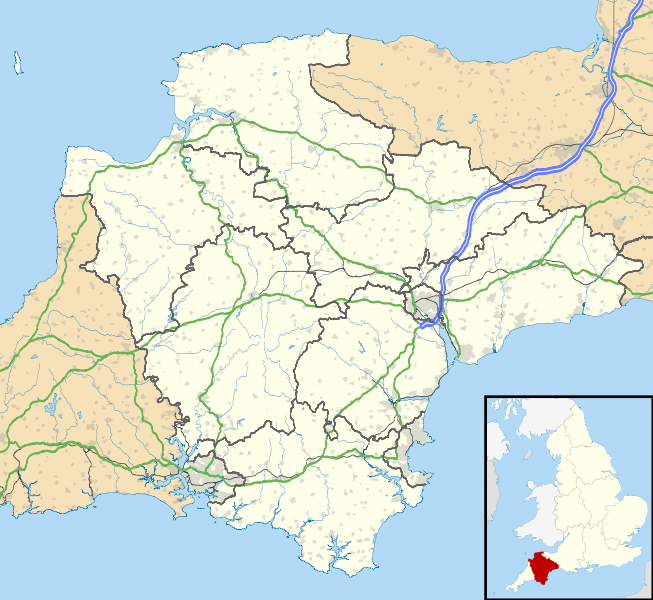
For more information, click here. Or, Try these sources:
- "Kent's Cavern report on the way? | john hawks weblog". Johnhawks.net. 25 December 2006. Can be read here.
- White, Mark; Pettitt, Paul (2012). "Ancient Digs and Modern Myths: The Age and Context of the Kent's Cavern 4 Maxilla and the Earliest Homo sapiens Specimens in Europe" (PDF). European Journal of Archaeology. 15: 1–30. Can be read here.
A prehistoric maxilla (upper jawbone) fragment was discovered in the cavern during a 1927 excavation by the Torquay Natural History Society, and named Kents Cavern 4. The specimen is on display at the Torquay Museum. In 1989 the fragment was radiocarbon dated to 36,400–34,700 years BP, but a 2011 study that dated fossils from neighbouring strata produced an estimate of 44,200–41,500 years BP. The same study analysed the dental structure of the fragment and determined it to be Homo sapiens rather than Homo neanderthalensis, which would have made it the earliest anatomically modern human fossil yet discovered in northwestern Europe. In a response to this paper in 2012 the authors Mark White and Paul Pettitt wrote "We urge caution over using a small selected sample of fauna from an old and poorly executed excavation in Kent’s Cavern to provide a radiocarbon stratigraphy and age for a human fossil that cannot be dated directly, and we suggest that the recent dating should be rejected."
- Higham, Tom; Compton, Tim; Stringer, Chris; Jacobi, Roger; Shapiro, Beth; Trinkaus, Eric; Chandler, Barry; Gröning, Flora; Collins, Chris; Hillson, Simon; O’Higgins, Paul; FitzGerald, Charles; Fagan, Michael (24 Nov 2011). "The earliest evidence for anatomically modern humans in northwestern Europe". Nature. Nature Publishing Group. 479 (7374): 521–524. Can be read here.